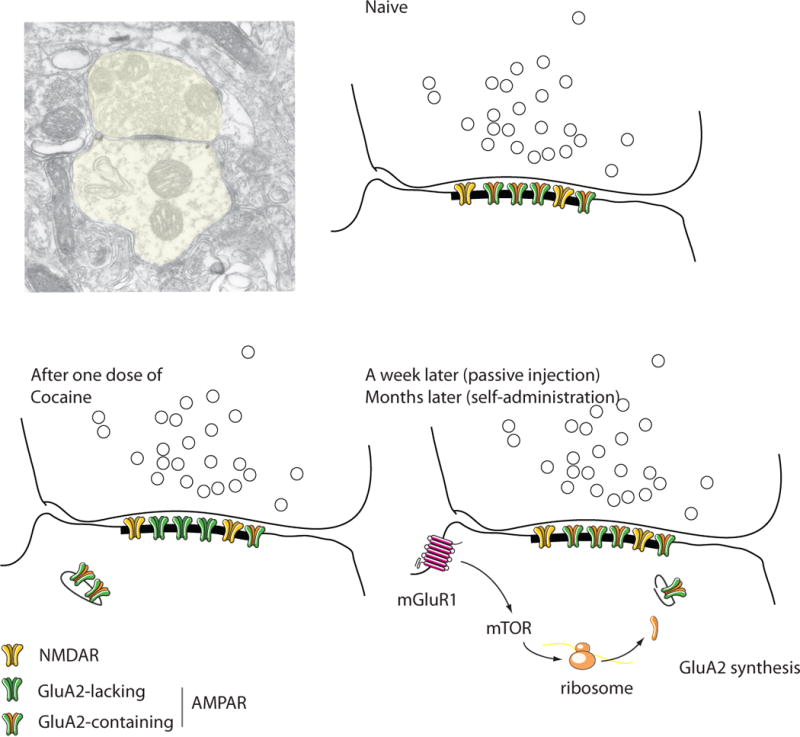Figure 2. Drug-evoked synaptic plasticity in excitatory synapses onto VTA DA neurons.

The schematics are drawn from a postembedding EM micrograph of a drug-naive mouse (courtesy Rafael Lujan, Albacete). Note that these asymetrical synapses are made directly onto the shaft of the dendrite (aspiny shaft synapse). In naïve animals NMDARs and AMPARs are present, the latter all containing GluA2. After one dose of cocaine, some GluA2 containing AMPARs are exchanged for GluA2 lacking ones through mechanisms involving endo- and exocytosis. After a week of a passive injection (months after self-administration) the baseline composition is restored through mGluR1 activation, mTOR signaling and de novo synthesis of GluA2 from prefabricated mRNA. Throughout the whole process the total number of receptors remains constant.
